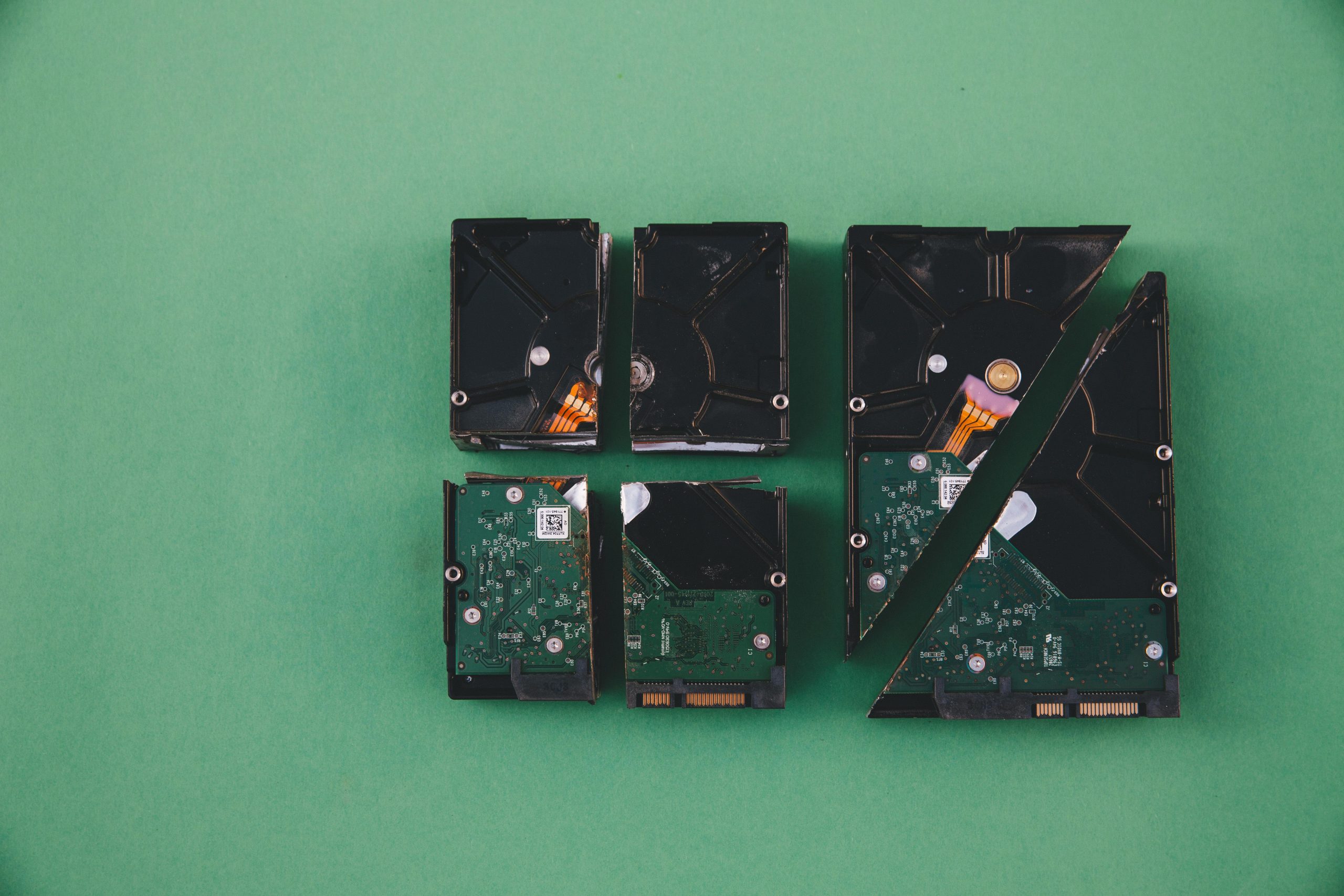Recovering Data from a Damaged Hard Drive: What Are Your Options?
Losing valuable data can be a distressing experience, especially when it contains irreplaceable memories or important information. Recently, I encountered a situation that highlights the importance of understanding data recovery options when a hard drive becomes physically damaged.
The incident involved my family’s hard drive, which contained numerous personal memories and data vital to my father. Unfortunately, a careless moment resulted in the hard drive being knocked over by our dog, causing it to become unreadable. Despite taking it to a professional repair service, the technicians were unable to restore its functionality.
While I lack detailed technical information regarding the damage, I want to explore general solutions and best practices for such cases. If you find yourself in a similar situation, here are some options to consider:
1. Avoid Further Damage
First and foremost, do not attempt to power on or use the damaged drive excessively. Further handling or powering the device can potentially worsen physical damage or cause additional data loss.
2. Seek Professional Data Recovery Services
Specialized data recovery professionals possess the tools and expertise to retrieve data from physically damaged drives. They may perform services such as:
– Cleanroom Data Recovery: For drives with internal physical damage, professionals operate in controlled environments to carefully repair or bypass damaged components.
– Disk Imaging: Creating a sector-by-sector copy of the drive to work on in a safe environment.
– Component Repair or Replacement: Fixing damaged read/write heads or circuit boards.
While costly, these services often have higher success rates in situations involving physical damage.
3. Consider Data Recovery Software (if applicable)
If the drive is still recognized by your computer as a device but cannot be read properly, data recovery software might help retrieve files. However, this approach is typically only effective for logical issues (e.g., file system corruption) and less so for physical damage.
4. Prevent Future Data Loss
To reduce the risk of similar incidents:
– Regularly back up important data to multiple locations, such as cloud storage or additional external drives.
– Handle storage devices with care, especially after incidents involving physical shock.
– Use surge protectors and safe storage environments.
5. What to Do Next
If your attempts at software-based recovery or basic troubleshooting fail, the best course of action is consulting with a professional data recovery service. Although the process may involve costs, it significantly improves the chances of salvaging critical
Share this content:



